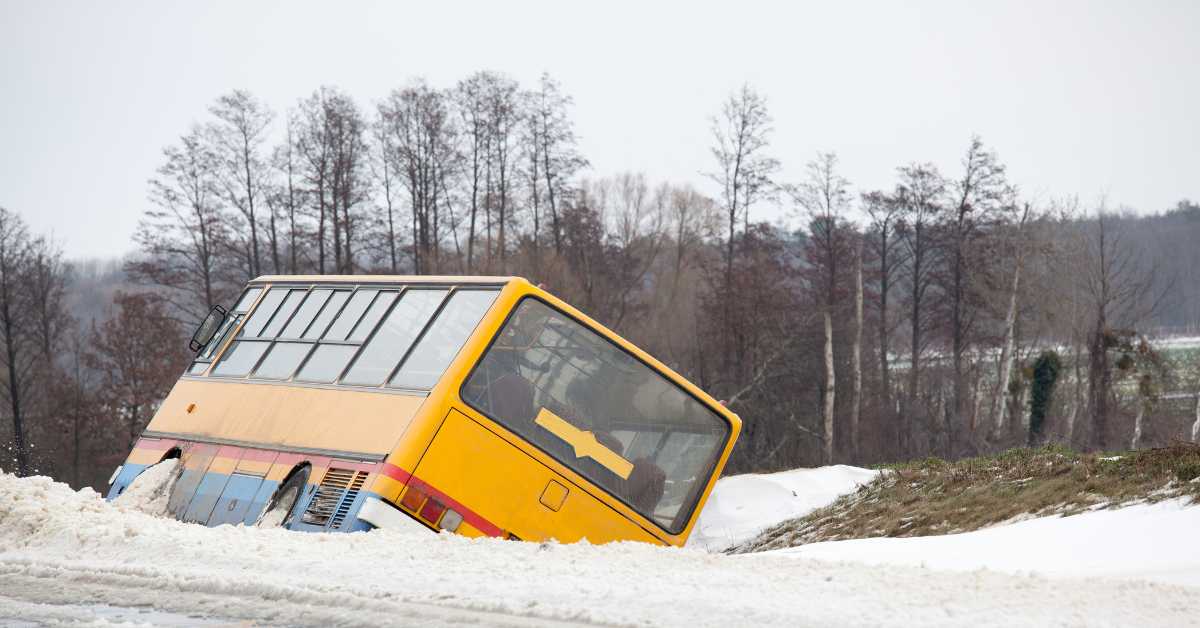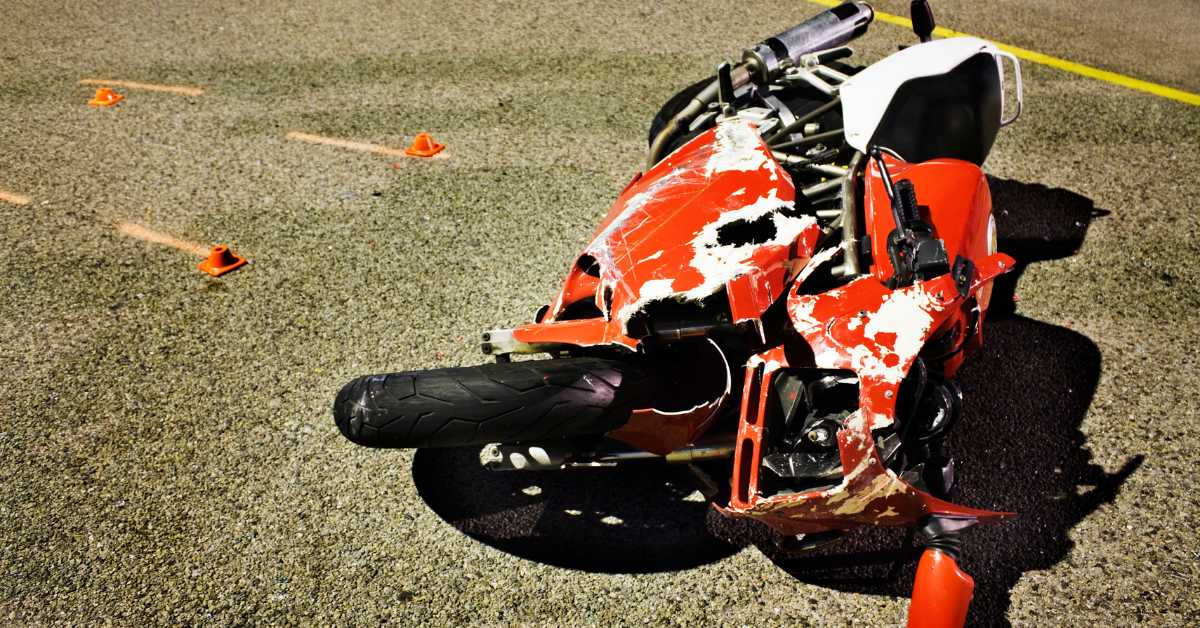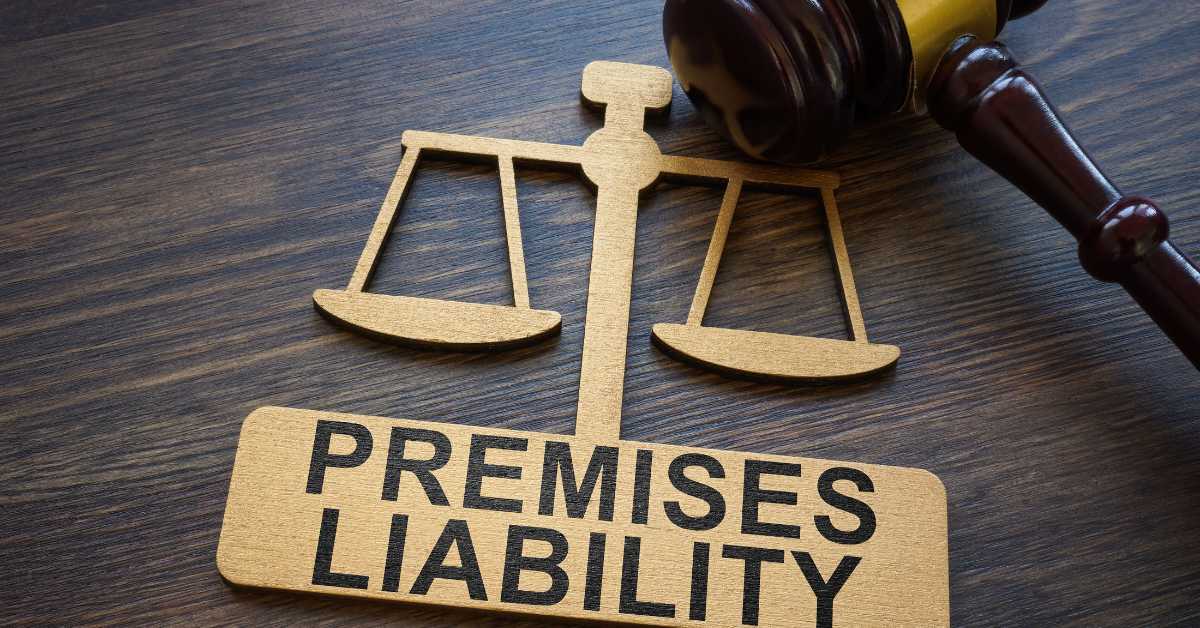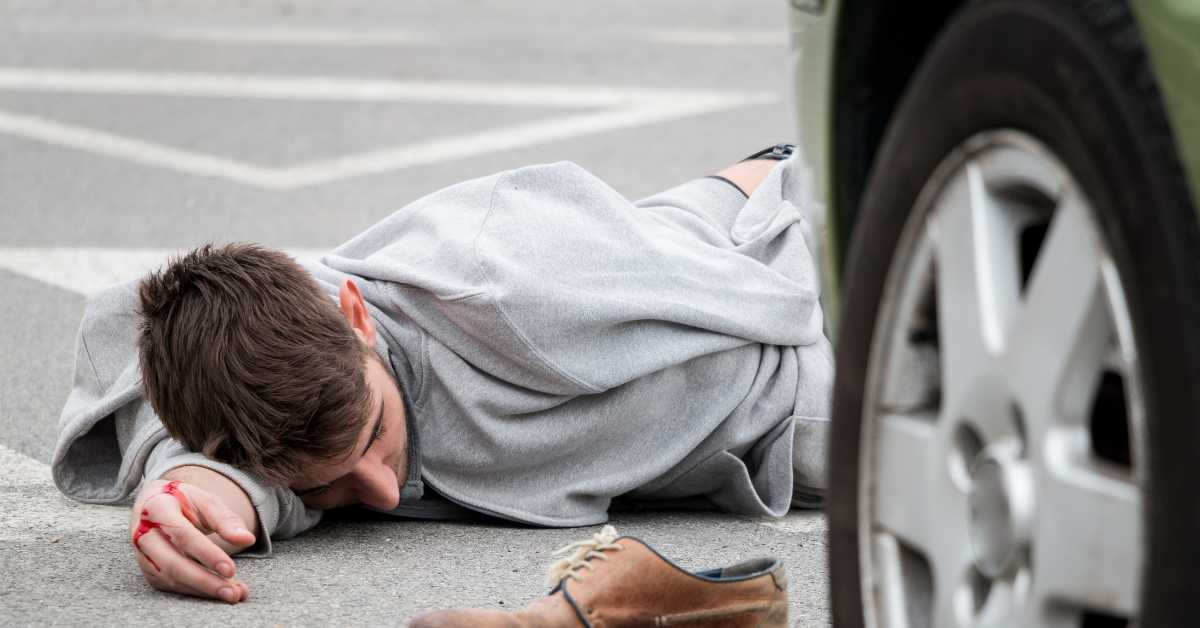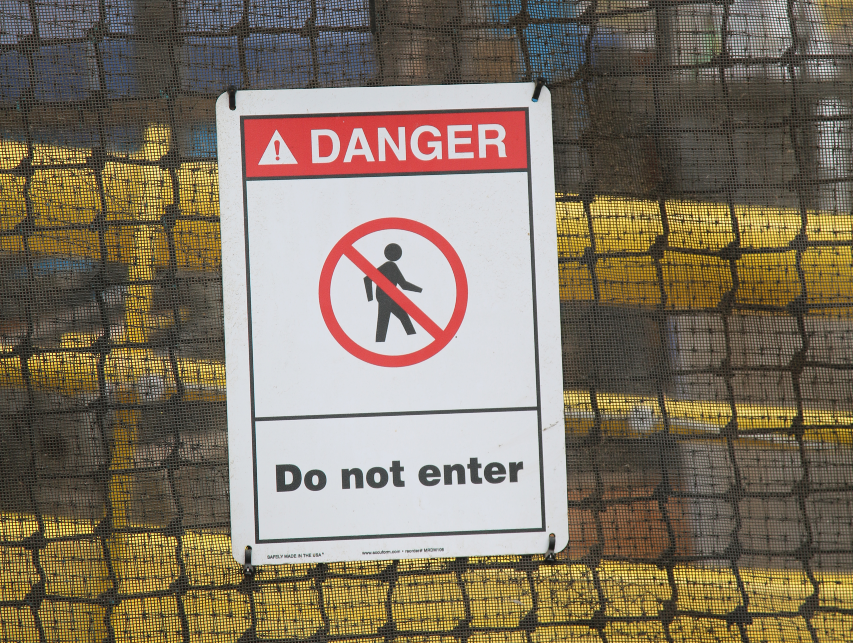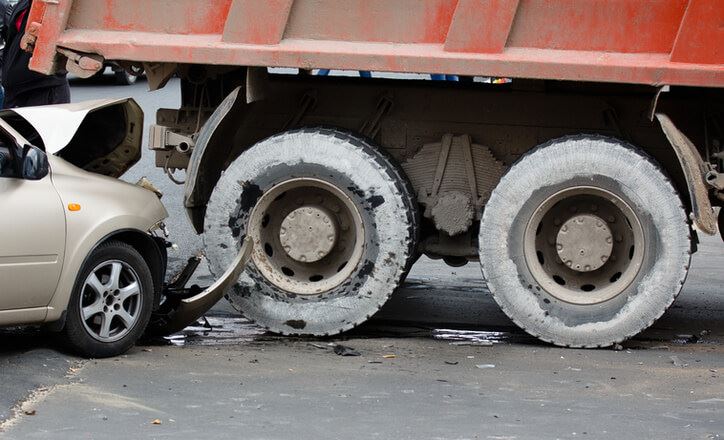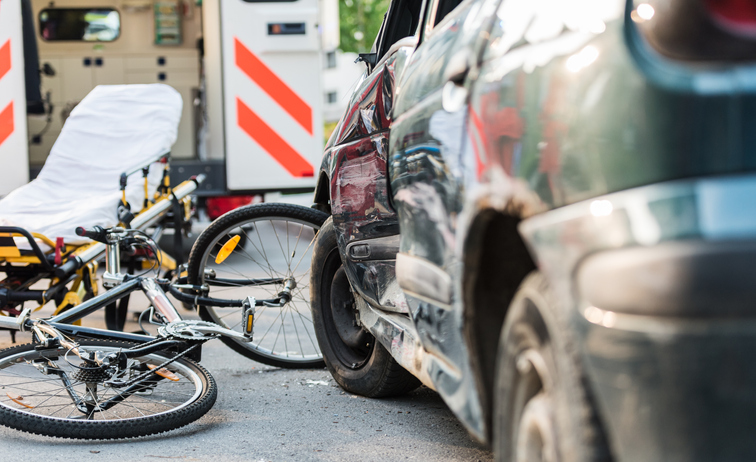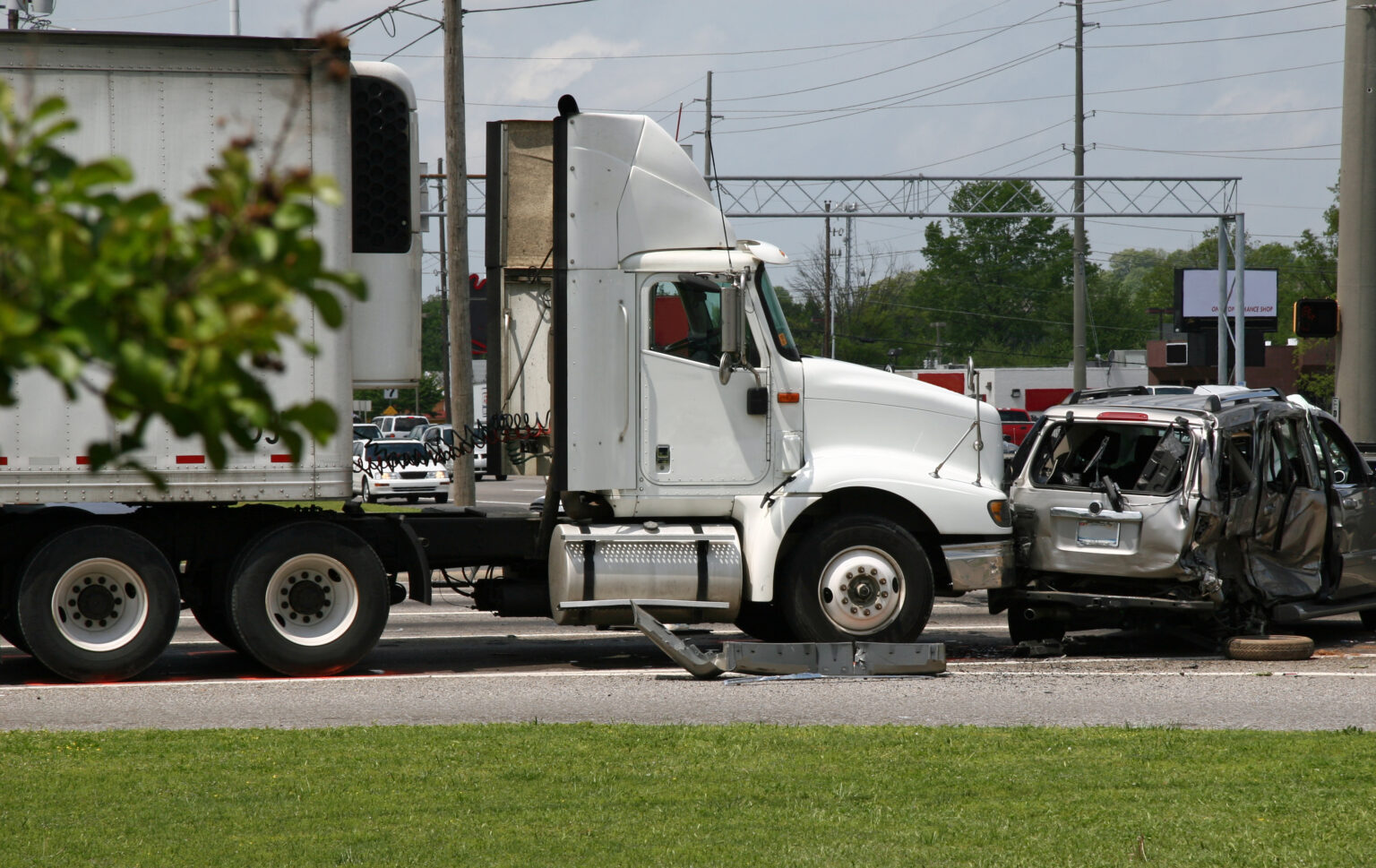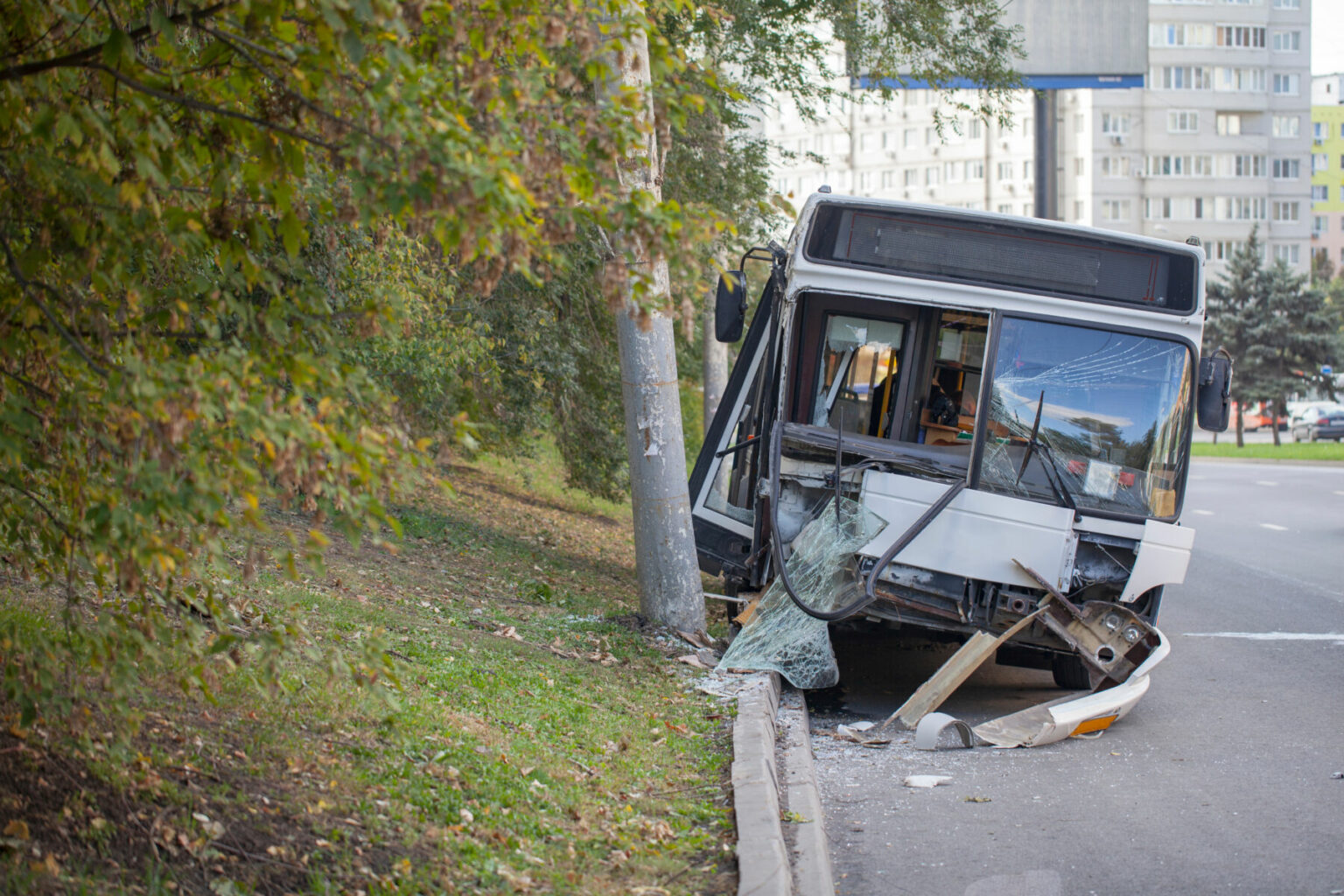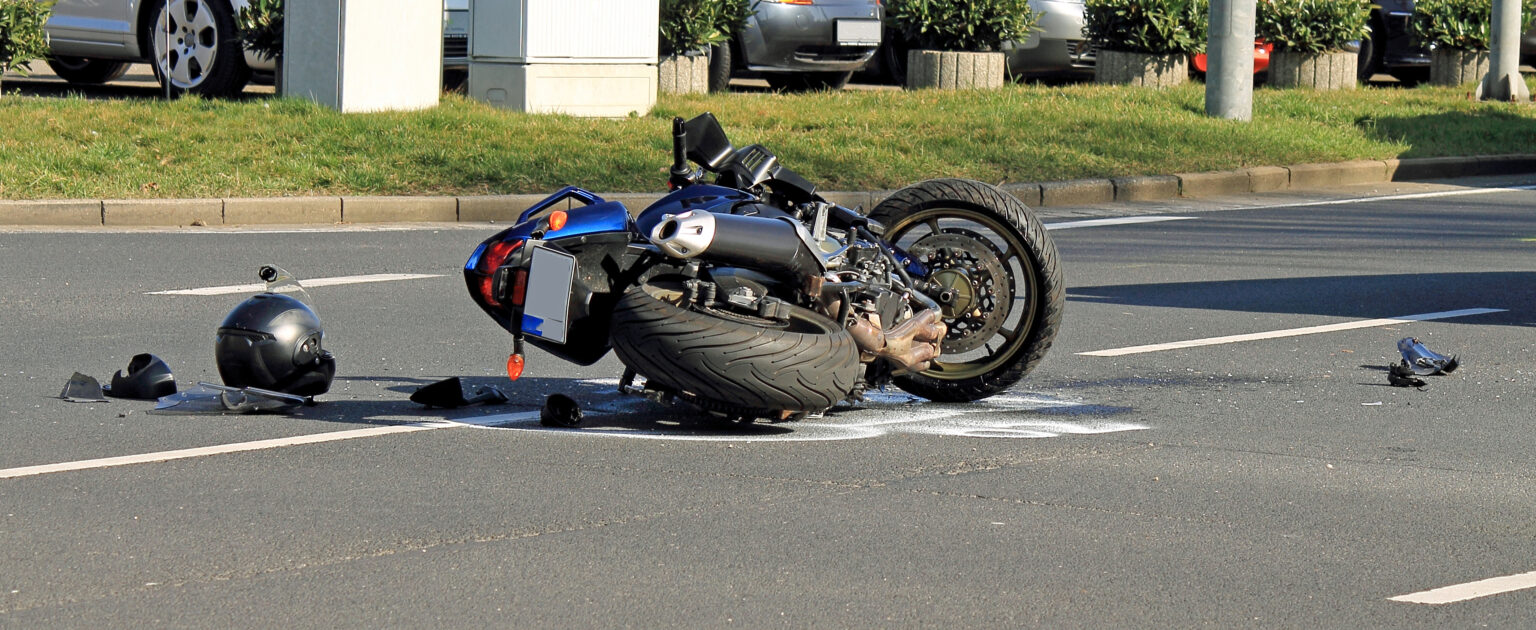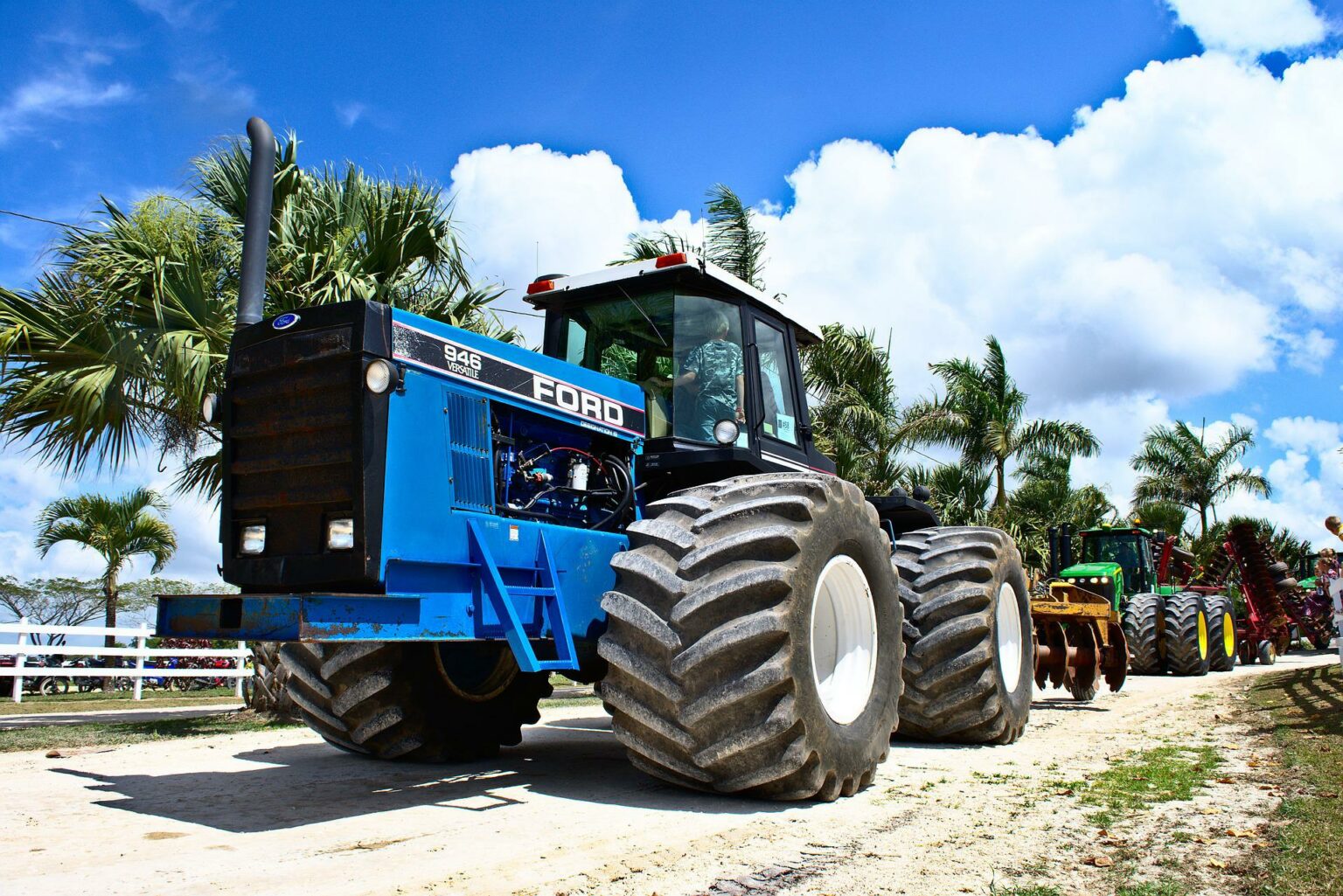
Youth sports have changed over the last few decades.
Before, a child might play a sport beginning in elementary school through the YMCA or local parks and recreation department for a season. Perhaps they would play a different sport next year. Maybe, they would make the junior varsity team or varsity team in junior high or high school.
Organized sports were seen as a tool for teaching cooperation, hard work, and respect for authority.
Today, a child starts playing competitively as young as 3 years old, specializes quickly in one sport and finds opportunities to play that sport year-round in various competitive leagues. Private coaches and mentors are hired to hone their skills.
Sports now are sometimes seen as potential vehicles for college scholarships or big-money professional opportunities and endorsements.
Most Common Injuries in Youth Sports
More children are experiencing injuries that were once the domain of adult athletes. In addition, there are some injuries that are specific to children and their still-developing bodies.
- Ankle Sprains. This injury is most often seen in sports that require cutting or twisting actions like basketball, tennis, soccer, and football.
- Spondylolysis. This is a stress fracture in the lumbar spine that happens after repeated stress on the area. The sports with athletes most likely to experience this injury are gymnastics, tennis, rowing, weightlifting, and track and field.
- Concussions. This injury is caused by a blow to the head and can occur in many sports. Headaches, blurred vision, and confusion are some of the more common symptoms.
- ACL Tears. The ACL connects the femur to the tibia and a tear most often occurs when there is a blow to the outside of the knees or after a jump. Basketball, volleyball, tennis, and soccer athletes experience this injury the most.
- Osgood-Schlatter. A knee pain that is caused by a stretch injury to the growth plate at the top of the shin bone. Tight muscles and high activity levels can cause this injury.
- Little League Elbow. This is repetitive stress to the growth plate on the inside of a child’s elbow. Baseball and softball players are the athletes who most often experience this injury.
- Shin Splints. This injury happens when athletes repeatedly run on a hard surface. Overtraining can also cause this injury.
Unfortunately, some injuries result in death. According to the Centers for Disease Control and Prevention, the most common cause of death in a student-athlete is heatstroke. On average, three high school football players die each year of exertional heatstroke.
Sport Specialization and Injuries
Some parents could point to Malcolm Gladwell’s popular 2008 book “Outliers: The Story of Success,” which popularized the 10,000-Hour Rule: You must practice an activity correctly for at least 10,000 hours before you can master it. Regardless of that concept’s veracity, there are consequences.
Below are some of the reported negative effects of specialization and intense practice:
- Brown University published the results of a study in the Orthopaedic Journal of Sports Medicine in 2019 that showed that early specialization increased the risk of injury, particularly stress fractures, tendinitis, and ACL tears. Those with the most intense practices faced the highest risk.
- The American Academy of Pediatrics stated that if sports specialization happens at too young an age, there can be harmful physical and psychological effects.
- Stanford Children’s Health collected data that showed almost one-third of all childhood injuries are sports-related and occur due to overuse, misuse, and direct contact. About 62 percent of all injuries occurred during practice.
- The American Academy of Orthopaedic Surgeons says that when a child participates in the same sport throughout the year, the same muscle groups are used repeatedly, which can lead to muscle imbalances and increased risk of overuse injuries.
- A study published in the American Journal of Sports Medicine found that highly specialized young athletes had a 50% higher risk of injuries than non-specialists. The most common injuries were ankle sprains, knee tendonitis, and stress fractures.
Can Kids Become Elite Athletes Without Early Specialization?
David Epstein’s 2019 book “Range: Why Generalists Triumph in a Specialized World” looks at the differences between Tiger Woods and Roger Federer. Most people know Tiger’s story of early specialization in golf and how he dominated the sport for many years. Federer, on the other hand, played many different sports growing up: basketball, handball, tennis, table tennis, badminton, and soccer. It was not until his mid-teens that he began focusing solely on tennis. Epstein’s book said when studying those who would become an elite in their field, most had a period of sampling several activities before specializing in their chosen endeavor.
The American Medical Society for Sports Medicine suggests that only diving and gymnastics benefit from early specialization. Other sports have shown no advantage to specializing before the age of 12. Other evidence includes studies of Division 1 NCAA athletes, which shows they are more likely to have played multiple sports in high school and that their college sport was different from the first sport they played.
How Parents Can Help Protect Their Children
The American Medical Society for Sports Medicine offers the following injury prevention advice:
- Limiting weekly and yearly participation time
- Limiting sport-specific repetitive movements
- Scheduling rest periods
- Increasing the amount of free, unstructured activities rather than organized practices
- Delaying training in a single sport until 12 years of age in girls and 14 years of age in boys
- Allowing at least 2 months off from the sport to avoid year-round training and allow for recovery
Other suggestions include providing your child with the correct gear for the sport, asking coaches about breaks and hydration during practice and games to avoid heat illnesses, incorporating stretches into their daily fitness plan, and reminding your child not to play through pain.
When a Child Is Injured Due to Negligence
Parents do have recourse in some cases if their child is injured during competition or practice. The circumstances surrounding the injury are crucial to making a personal injury case. If a coach didn’t follow concussion protocols or forced athletes to practice or play in unsafe situations it can demonstrate negligence. Medical malpractice is possible if a doctor failed to properly diagnose or treat your child.
If we believe the case is supportable, we will aggressively fight for compensation for your child’s medical bills, loss of enjoyment of life, and other damages. We will treat you with the compassion you need during this emotional time.
At Tabor Law Firm, we offer free consultations, and you pay us nothing unless we recover compensation for you. Call us today at (317) 236-9000 or use our online form to schedule an appointment with one of our experienced attorneys.









